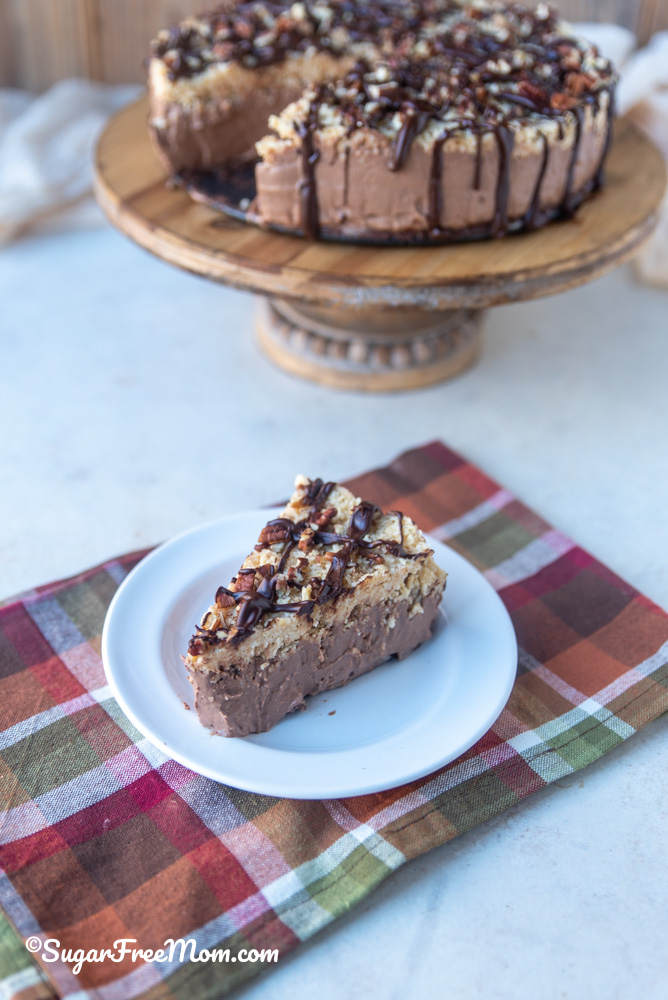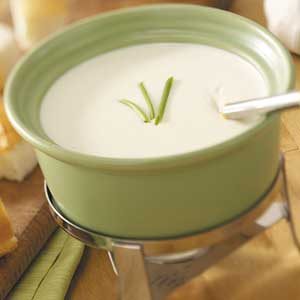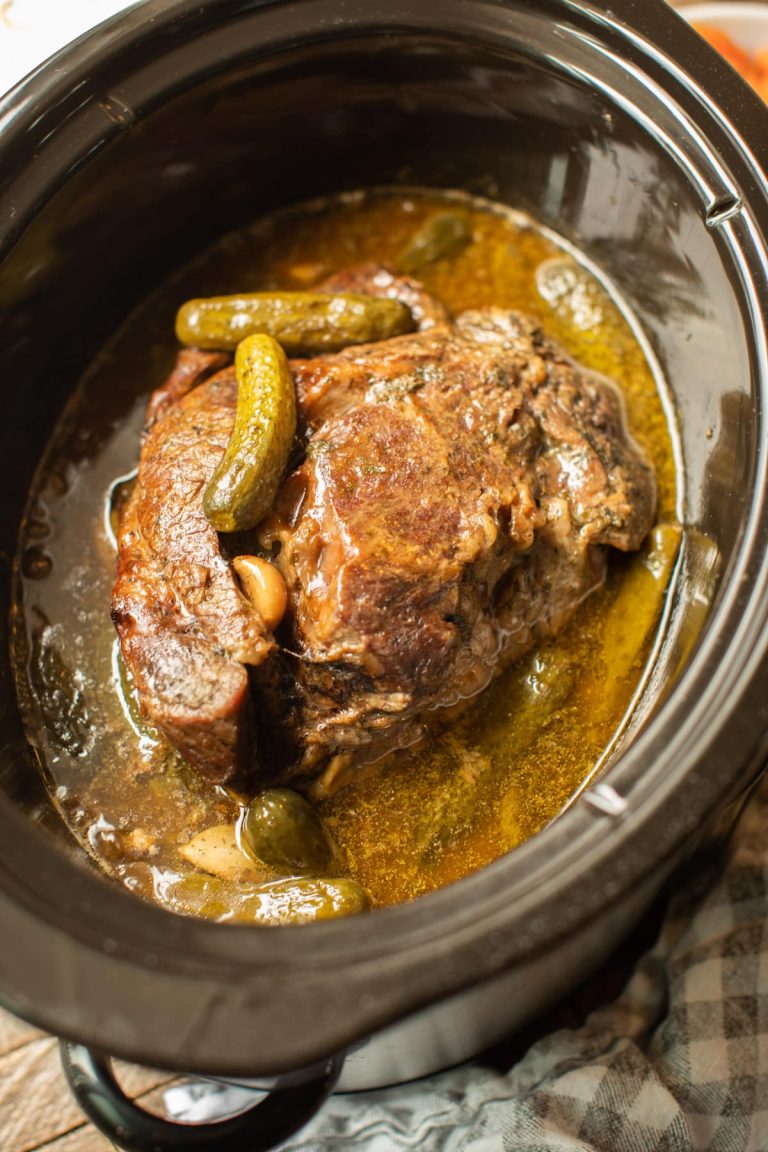Linguine With Clam Sauce: Recipe, Origins, and Perfect Wine Pairings
Linguine with clam sauce traces its origins to the coastal regions of Italy, notably the Campania region. Italian fishermen began creating this dish as a way to utilize freshly caught seafood. Clams provided an abundant, affordable ingredient that could easily be combined with pasta. The marriage of pasta and clams dates back centuries, reflecting a coastal culture that embraced simple, fresh ingredients.
Regional Variations
Regional variations of linguine with clam sauce demonstrate distinct cooking styles across Italy. In Liguria, chefs commonly use a mix of seafood, incorporating mussels along with clams. In Veneto, they prefer smaller clams known as “caparossoli,” adding a unique flavor profile to the dish. Southern regions like Sicily often include tomatoes and a touch of chili, enhancing the sauce with a spicier, richer taste. Each regional twist provides a different culinary experience, all anchored by the fundamental combination of linguine and clams.
Key Ingredients for Linguine With Clam Sauce
Choosing the Right Clams
Fresh clams form the heart of linguine with clam sauce. Littleneck clams (Mercenaria mercenaria) are often preferred due to their tender meat and sweet flavor. Smaller than cherrystone clams, they cook quickly and blend seamlessly with pasta. Ensure clams are alive before cooking. Select clams that close tightly when tapped. Avoid clams with chipped shells or that don’t open when cooked. Clean clams thoroughly in cold water to remove sand and debris. For added flavor, consider combining varieties like manila clams (Venerupis philippinarum) with littleneck clams for complexity.
Best Pasta for the Dish
Linguine is traditionally chosen for its versatility and ability to hold sauce. Its flat, thin shape allows it to absorb the clam sauce effectively. Cook linguine al dente—firm yet tender—to prevent it from becoming mushy when mixed with the sauce. Semolina flour pasta ensures the best texture. If unavailable, spaghetti or fettuccine make good substitutes. Look for high-quality brands like De Cecco or Barilla for optimal results. Always reserve a cup of pasta water to adjust sauce consistency and enhance flavor.
Step-by-Step Cooking Guide
Preparing the Clams
Rinse the clams under cold water to remove any sand. Place them in a bowl with cold water for 20 minutes. This allows the clams to purge any remaining sand. Scrub each clam with a brush to ensure they’re clean. Discard any clams that remain open before cooking, as they might be dead.
Cooking the Pasta
Boil water in a large pot and add a generous amount of salt. Use approximately 1 tablespoon of salt per 4 quarts of water. Once boiling, add linguine. Stir occasionally to prevent sticking. Cook until al dente, typically 8-10 minutes. Check package instructions for specific timing. Reserve 1 cup of pasta water before draining the rest.
Combining Ingredients
Heat olive oil in a large skillet over medium heat. Add minced garlic and red pepper flakes (optional), sautéing until fragrant but not browned. Pour in white wine and bring to a simmer. Add the clams, cover the skillet, and cook for about 5-7 minutes until the clams open. Discard any that don’t open. Add the cooked linguine and reserved pasta water to the skillet. Toss to combine and coat the pasta with the sauce. Finish with chopped parsley and a drizzle of extra virgin olive oil before serving.
Pairing Wine With Linguine With Clam Sauce
White Wines That Complement Seafood
Crisp, light-bodied white wines complement seafood dishes like linguine with clam sauce. Classic choices include Pinot Grigio, which offers citrus and green apple notes, enhancing the freshness of the clams. Sauvignon Blanc, with its high acidity and flavors of lime and green herbs, works exceptionally well, especially if you include garlic and parsley in your sauce. Chablis, a clean, unoaked Chardonnay from the Burgundy region of France, adds a mineral edge that pairs perfectly with the briny nature of clams. Albarino, from Spain, provides a citrusy and slightly saline profile, echoing the flavors of the sea.
Avoiding Common Pairing Mistakes
Avoid pairing heavy, oaked wines with linguine with clam sauce. These wines dominate the delicate flavors of the dish, overshadowing the clams’ sweetness and the sauce’s subtlety. Stay away from tannic red wines, as their bitterness clashes with the briny and gentle characteristics of seafood. Sweeter wines, like Riesling, may also not be the best choice as they can make the dish taste off-balance. Stick to dry, acidic whites to maintain the dish’s harmony and highlight the seafood’s natural flavors.
Conclusion
Linguine with clam sauce is more than just a meal; it’s a celebration of Italian culinary tradition. By using fresh ingredients and mastering the cooking techniques, you can create a dish that’s both simple and exquisite. Pairing it with the right wine enhances the experience, bringing out the best in the seafood flavors. So next time you’re in the mood for a comforting yet elegant dish, remember the tips and insights shared here. Your taste buds will thank you!






